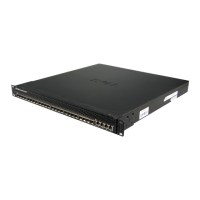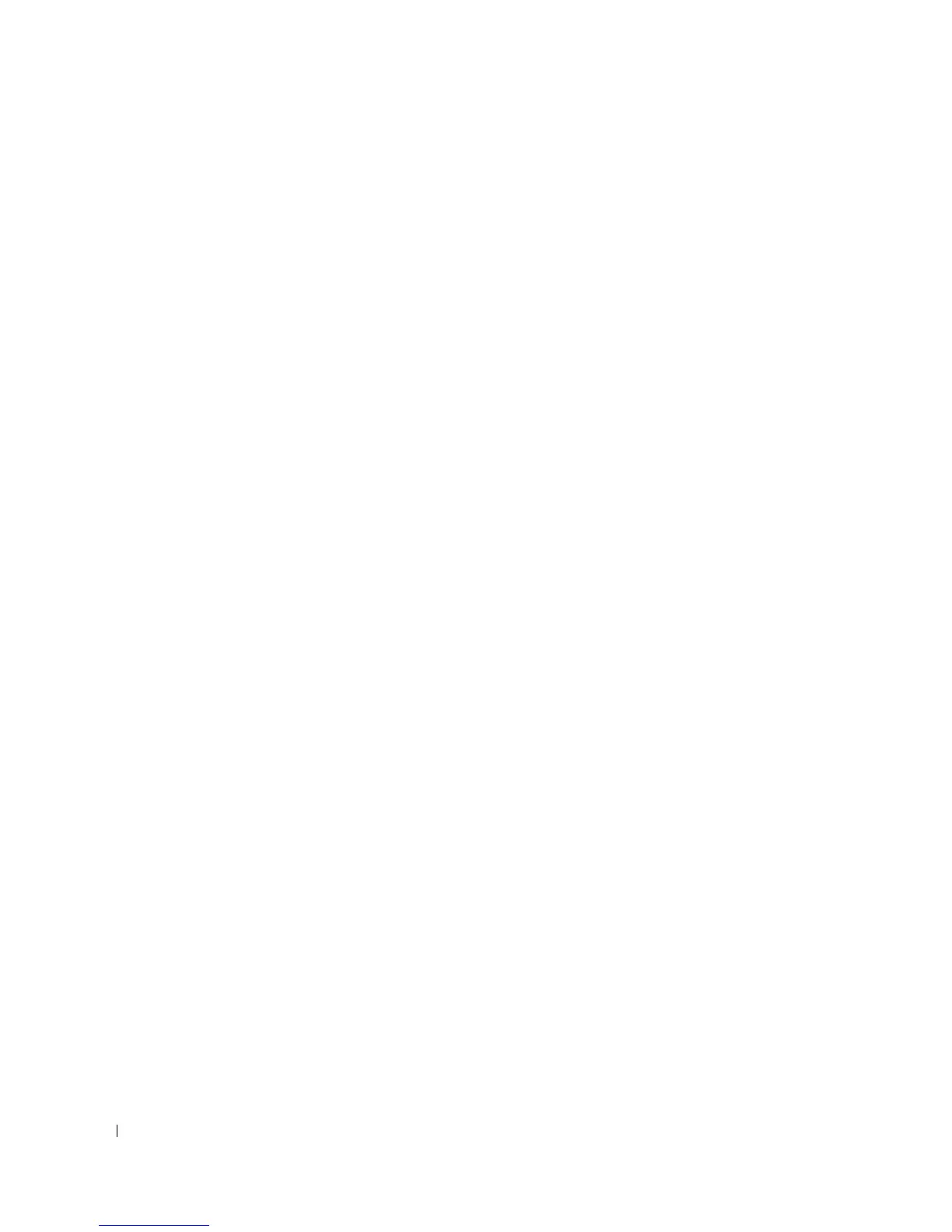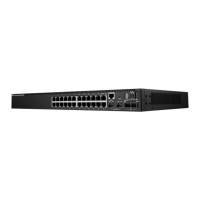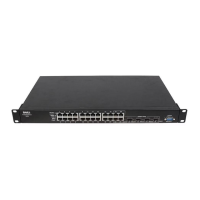1034 SNMP Commands
•
oid-tree
— Specifies the object identifier of the ASN.1 subtree to be included or excluded
from the view. To identify the subtree, specify a text string consisting of numbers, such as
1.3.6.2.4
, or a word, such as
system
. Replace a single subidentifier with the asterisk (*)
wildcard to specify a subtree family; for example,
1.3.*.4
.
•
included
— Indicates that the filter type is included.
•
excluded
— Indicates that the filter type is excluded.
Default Configuration
No filter entry exists.
Command Mode
Global Configuration mode
User Guidelines
This command can be entered multiple times for the same filter record. Later lines take
precedence when an object identifier is included in two or more lines.
Examples
The following example creates a filter that includes all objects in the MIB-II system group
except for sysServices (System 7) and all objects for interface 1 in the MIB-II interfaces group.
console(config)# snmp-server filter user-filter system included
console(config)# snmp-server filter user-filter system.7 excluded
console(config)# snmp-server filter user-filter ifEntry.*.1
included
snmp-server group
Use the snmp-server group command in Global Configuration mode to configure a new Simple
Management Protocol (SNMP) group or a table that maps SNMP users to SNMP views. To
remove a specified SNMP group, use the no form of this command.
Syntax
snmp-server group
groupname
{ v1 | v2 | v3 { noauth | auth | priv } [ notify
notifyview
] } [
context
contextname
] [ read
readview
] [ write
writeview
]
no snmp-server group
groupname
{ v1 | v2 | v3 { noauth | auth | priv } } [ context
contextname
]
•
groupname
— Specifies the name of the group. (Range: 1-30 characters.)
•
v1
— Indicates the SNMP Version 1 security model.

